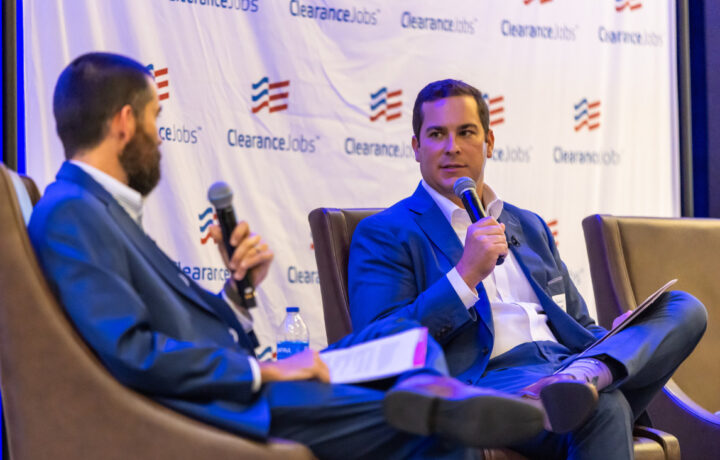At ClearanceJobs Connect, Brett Mencin of Xcelerate Solutions led a conversation with Bill Pedersen, Program Manager at OPM, to clarify one of the most confusing elements of federal hiring—suitability and fitness.
Pedersen explained that OPM serves as the Suitability and Credentialing Executive Agent, overseeing government-wide policy that ensures America’s workforce can be trusted—even in non-national security roles. While clearance determinations primarily assess risk in the person, suitability adds another layer: risk in the position. That distinction explains why an individual may hold a Top Secret clearance yet still be found unsuitable for certain jobs, such as in law enforcement or financial management, where past behavior directly intersects with mission sensitivity.
Under Trusted Workforce 2.0, OPM collaborates with ODNI and other agencies to modernize vetting, align investigative tiers, and expand continuous vetting beyond national security to moderate- and high-risk public trust roles. Pedersen noted that while the framework aims for efficiency, suitability remains nuanced, with agencies applying varying standards across roles and authorities.
For contractors and recruiters, Mencin emphasized the importance of understanding these definitions early in the hiring process. Recognizing whether a position falls under suitability or fitness, and aligning candidate expectations accordingly, can prevent costly onboarding delays and strengthen credibility with government partners.
Ultimately, suitability isn’t just a box to check—it’s about protecting public trust and ensuring the right people are serving in the right roles, across every level of government.




